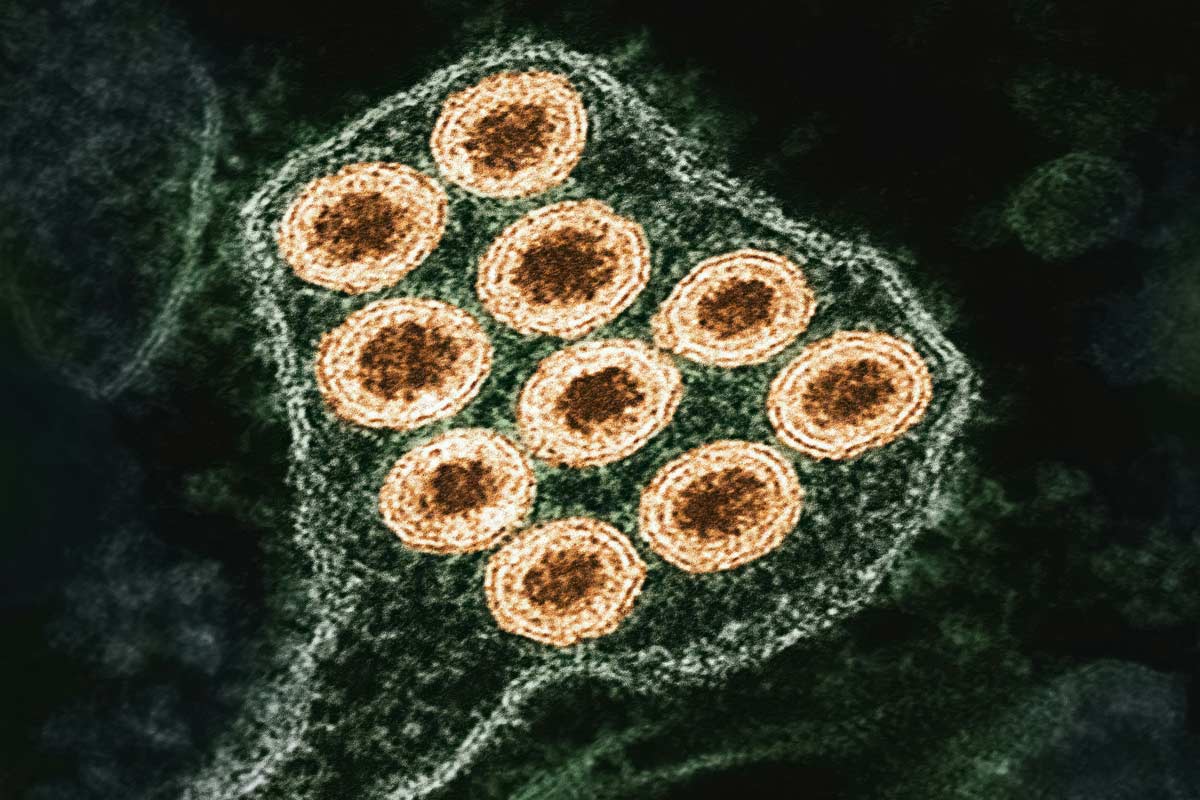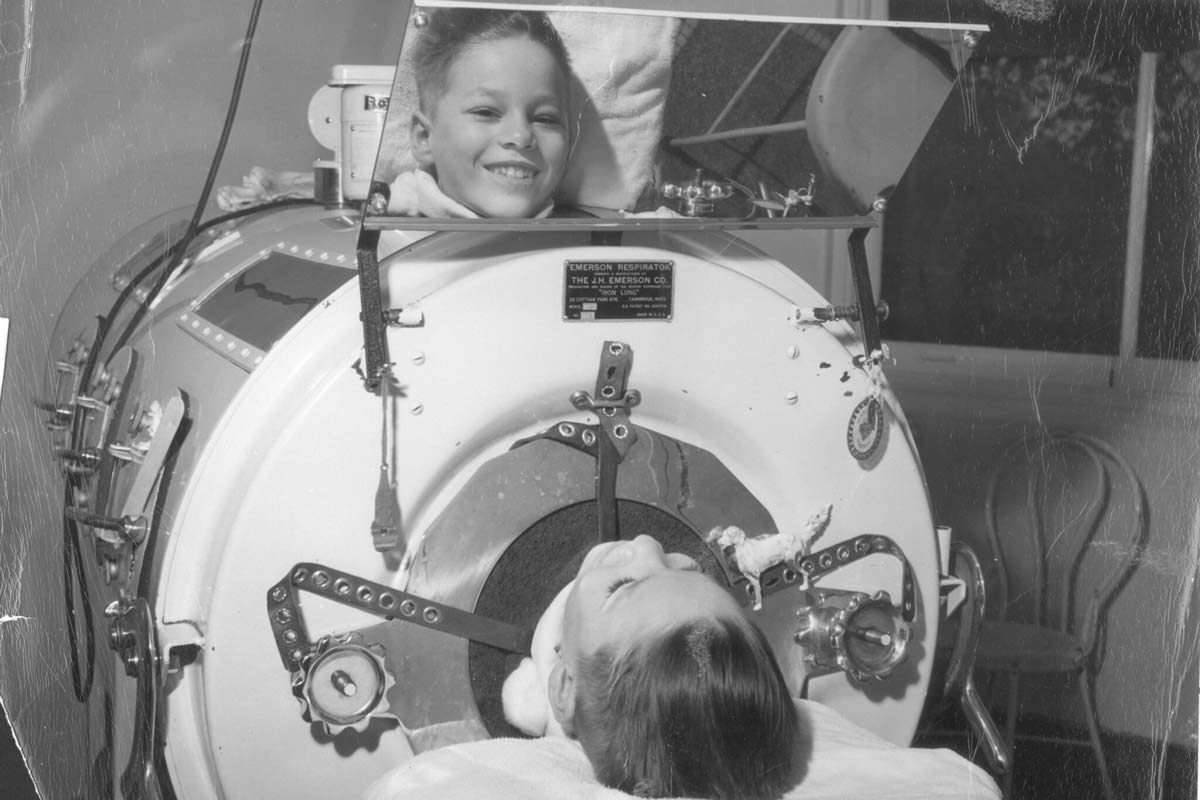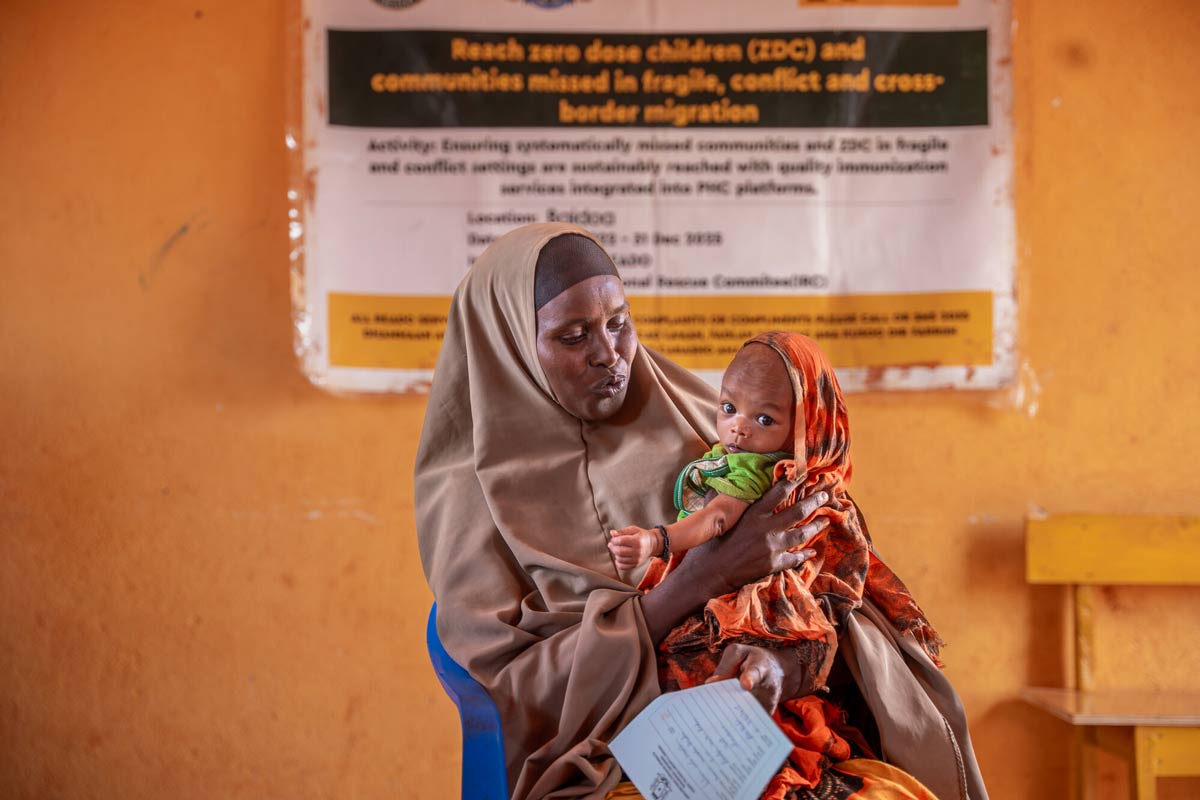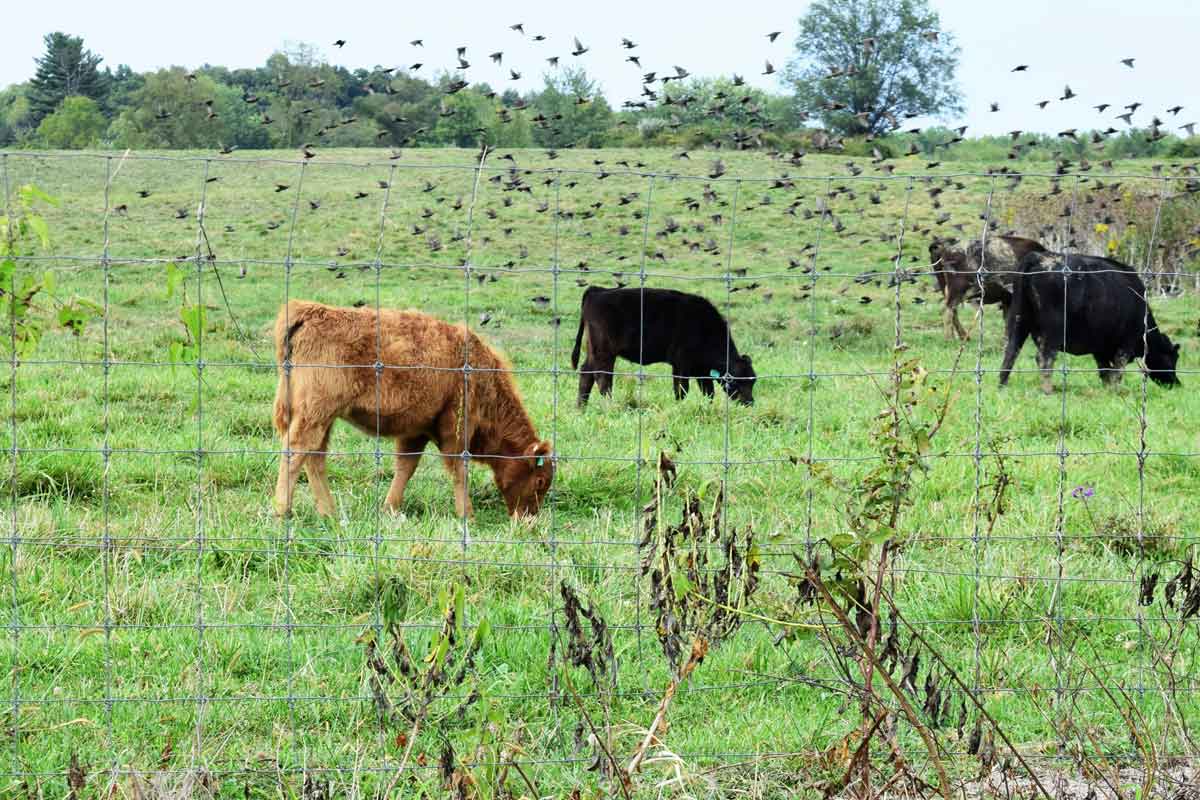Vaccine profiles: rabies
Rabies is unstoppably deadly once it sets in. There are only two good ways to avoid it: don’t get bitten, or do get vaccinated.
- 27 September 2024
- 8 min read
- by Maya Prabhu

Factfile: rabies
- Pathogen type: virus.
Symptoms: variable, but usually include initial tingling around the wound site, lethargy, fever, vomiting and anorexia. As disease progresses, cerebral dysfunction, ataxia, weakness and paralysis, breathing difficulty, abnormal salivation, behavioural changes, hydrophobia, extreme aggressiveness, self-mutilation, priapism and other neurological signs are expected.
The final clinical sign is death, due to respiratory and cardiac arrest, within two to ten days of first symptoms.
- Mortality rate: virtually 100%1.
- Annual cases and fatality count: an estimated 59,000 human cases and deaths annually.
- Geographical range: Ninety-five percent of human rabies deaths occur in Africa and Asia. India alone is home to an estimated one third of the global total. Eighty percent of rabies cases worldwide occur in rural areas. Four out of ten people lost to rabies are children.
- Vaccine discovery: 1885 (Louis Pasteur first successfully uses his rabies vaccine to save nine-year-old Joseph Meister, bitten 14 times by a rabid dog).
It’s July 7, 2014. At a highway service station somewhere near Hangzhou, China, a stray dog bites a man, tearing a hole in the skin of his calf. In the first moments following the attack, another man, his relative, bends to attend to the bleeding wound. Soon afterwards, at a medical clinic, the injury is properly cleaned and the bite-victim is started on a course of post-exposure rabies vaccinations, according to standard procedure.
Time passes. The injury heals. The man, his doctors write in a report a year later, “suffer[s] no complications”.
Signs
But on the sleepless night of September 1, the other man – the bite victim’s relative – begins to experience a strange, irrepressible feeling of agitation. He doesn’t know it, but this is a first symptom, and a sure promise that he will die.
About a week later, his right upper arm begins to seethe and burn. The day after that, he is slammed by a scrum of by bizarre sensations: an aversion to the light, a horror of water and wind, spasms of the throat. Outwardly he’s a mess: he sweats copiously; he drools; he rages in wild delirium.
At Zhejiang University hospital, RT-PCR tests of the patient’s saliva confirm doctors’ suspicions: the genetic material of the rabies virus is present in the sample. There is nothing that can be done but isolate and sedate the man while he dies. On 11 September, his heart stops beating.
Transmission
His was a freak case of indirect human-to-human infection.
Two weeks before the dog bit his relative, the man had lacerated his right thumb with a box cutter. The cut was not especially worrying, but he was careful: took pre-emptive tetanus antitoxin and kept the gash clean and dressed in gauze.
In the aftermath of the dog attack, he noticed that the gauze binding his thumb had soaked up the other man’s blood, which had been, of course, contaminated with the dog’s saliva. He naturally removed and jettisoned the soiled dressing, but never thought to undergo post-exposure prophylaxis for rabies. After all, rabies is known to spread through bites and scratches, and he had been neither bitten nor scratched.
This exquisitely frightening, but still comparatively inefficient, mechanism of transmission means that for the rabies virus, human beings are a bad bet: a dead-end host. The World Health Organization notes that human-to-human rabies transmission via a bite is “theoretically possible”, but has “never been confirmed” in real life.
Instead, 99% of all human rabies cases are caused by dogs, who have the advantages of proximity (they’re our friends, they live where we live) and machinery (sharp teeth, good for carving entry points for the contagion-laden saliva).
But lots of mammal species can carry and transmit the virus. In the many countries that have eliminated dog-rabies through near-universal vaccination of pets, the principal culprits of human rabies transmission are wildlife: raccoons, skunks, foxes, bats.
Yet those countries that have eliminated the disease collectively bear a tiny proportion of the world’s rabies burden. Ninety-five percent of human rabies deaths happen in Africa and Asia, typically in poor and rural contexts, and often in areas that have large populations of free-roaming dogs, which are difficult to reliably capture and immunise.
Those social conditions, coupled with the fact that the illness, especially in its paralytic (as opposed to furious) form, is easily misdiagnosed, mean that there’s a colossal discrepancy between confirmed and actual rabies cases, but WHO pegs its global estimate for rabies fatalities at 59,000 a year. Nearly half of those people are estimated to be children.
Progression
Part of the reason that rabies is easy to misdiagnose is that it’s difficult to test for the infection until the final stages of disease. That’s because of the pattern of the virus’s movements through the body.
Where the virus goes immediately after it gets into the body is a matter of some uncertainty. We know that the incubation period lasts typically around 30–90 days, but can be as brief as five days or as extended as two years post-exposure. In this period, no virus can usually be found in any of the body’s organs
At some stage, however, the virus gets into the peripheral nervous system by binding to a nerve growth factor receptor. It hitches a ride upstream, hopping synapses in the wrong direction, and invades the central nervous system.
Once in the spinal cord, it travels fast into the brain. Symptoms begin to manifest, and the virus begins now to move out into many organs and tissues, including the salivary glands.
It’s only at this point – too late – that rabies infection becomes discoverable in diagnostic tests.
Vaccination
For most of human history, rabies has had us utterly stumped. A 4,000-year-old Ur incantation, recorded on a clay tablet unearthed in present-day Iraq in the late 19th century, records what amounts to a yelp of divine impotence. “Oh! My Father! Concerning a man whom a […] rabid dog attacks, and to whom it passes its venom […], I do not know what I shall do for that man,” says Marduk, an Akkadian God of Healing, in a dialogue with his father Enki.
In fact, nobody at all, god or medic, knew what to do for a person infected with the rabies virus until the 1881, when Louis Pasteur began the work of making the first vaccine.
Rabies is elusive. Pasteur described it as a “virus,” still an ill-defined term, which he used to mean a pathogen that he couldn’t see under the microscope. He failed to culture it in vitro, meaning it could only be observed in the bodies of living, infected organisms.
The team passaged infectious matter from dog to dog – drilling it straight into the animals’ brains to speed up the disease cycle – and through long chains of rabbits. They watched the strain they were cultivating get quicker and more virulent. Then, they set about weakening it to the point where it could be used safely, desiccating and ageing the spinal cords of the dead rabid rabbits.
It took years of adjustment and experimentation, but by 1884, Pasteur’s vaccine was working in dogs. In 1885, a boy called Joseph Meister, bitten 14 times by a rabid dog, was brought to him. What was there to lose, when death was otherwise certain? Pasteur injected him with 13 increasingly virulent rabbit-spine vaccines over a series of weeks. Meister survived.
Have you read?
Modern protocol
Health workers no longer inject rabbit-spines into bite victims. Since 1984, WHO has counselled the discontinuation of nerve-tissue vaccines, instead recommending cell culture and embryonated egg-based rabies vaccines.
But while people who are at systemic risk – such as vets, or scientists who work with the rabies virus in the lab – are likely to choose to be vaccinated with a couple of doses of vaccine as a precautionary measure, most people who get the rabies jab still do so as a reaction to being bitten, scratched or licked by an animal that could conceivably be infected with the virus.
It’s not a treatment: we still don’t have a treatment for rabies. The standard animal bite protocol is known as rabies post-exposure prophylaxis (PEP) because the vaccine’s job is still preventive: to create an immune response that can get out ahead of the virus – capture and kill it before it infects its target, the central nervous system.
Rabies PEP runs as follows: as soon as possible after exposure, the wound is washed for 15 minutes. A first dose of vaccine is injected into the upper arm (or thigh in small kids), and, in cases of “severe category III exposure” – bites or scratches that break the skin – rabies immunoglobulins are injected around the wound site. In previously unvaccinated people, three more doses of the vaccine are administered over the next two weeks.
Properly administered rabies PEP has a survival rate of more than 99%.
There are currently three rabies vaccines prequalified for use in humans by WHO: RABIVAX-S, produced by the Serum Institute of India, VaxiRab N, made by Zydus Lifesciences, and VERORAB, produced by Sanofi Pasteur.
Animal buffer
Because it’s typically administered post-bite, the rabies vaccine directly protects a small minority of us. Indirectly, however – via the immunisation of animals who could otherwise act as vector – rabies vaccination keeps large parts of the world’s human population safe.
WHO says that the vaccination of at least 70% of dogs in a given area is the most effective way of preventing human rabies deaths. New vaccine delivery technologies offer hope for more reliably reaching that threshold in places where people – and animals – remain at risk.
1 In 2004, 15-year-old Jeanne Geise of Milwaukee was hailed as the first survivor of symptomatic rabies, after being placed in a medically-induced coma to limit the damage the virus would do to her brain. The “Milwaukee Protocol” has since been used in other cases, largely unsuccessfully. Most of the few people who have survived with aggressive medical intervention have suffered severe and permanent neurological after-effects with “poor functional outcomes”.









